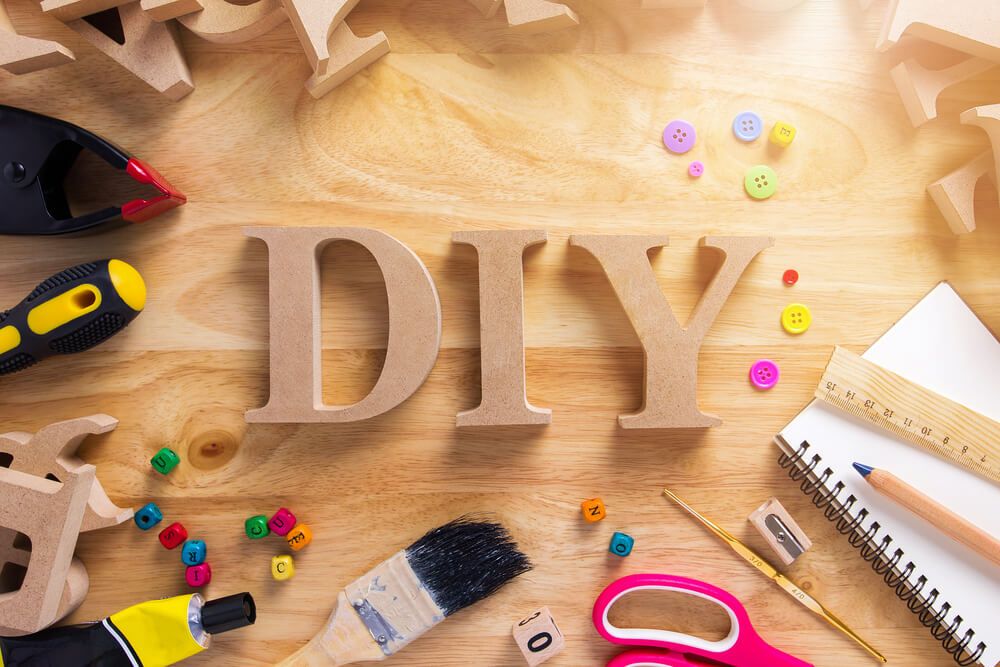Picture your car as a canvas, a lovely masterpiece on wheels that is subject to the elements. Just as a painter might wrestle with the scars of time and nature, so too can your vehicle succumb to dings and chips. A brilliant sunset may fade under the relentless sun, and likewise, the gleaming finish of your car can be marred by the harsh realities of everyday life. Whether it’s a rogue shopping cart, a careless cyclist, or a gravel road, touch-up paint repairs can be your brush and palette, offering a seamless return to glory for your beloved ride.
In this comprehensive guide, we’ll delve into the art of DIY paint repair, empowering you with the skills to reclaim your car’s aesthetic charm and revive its spirit. By the end, you’ll be equipped with steps and insights to transform your vehicle back into the treasure it once was, turning imperfections into opportunities for creativity.
Understanding the Canvas: Assessing Damage
Your journey begins with a careful evaluation of the affected areas. Finding the nicks and scratches is tantamount to spotting flaws on an artist’s canvas. Each imperfection tells a story; perhaps it’s the result of a miniature meteor that fell upon your paint or the scratch courtesy of an incidental brush with another object. Identify whether the damage is minor or more substantial. Minor chips may be straightforward to repair, while deeper scratches or areas revealing metal may require extra attention.
Gather your materials first: you’ll need touch-up paint, a primer (if the chip reveals bare metal), sandpaper, a clean cloth, and a clear coat for the final touch. Before you start, make sure to choose colors that match your vehicle’s original hue. Not all whites are created equal, and a careful search for the paint code can spell the difference between a seamless touch-up and a glaringly mismatched disaster.
The Artist’s Preparation: Clean and Sand
Just as a painter prepares their canvas, ensuring it is free from dust and grime, you must do the same for your car. Start by washing the damaged area using soap and water. This process removes dirt and debris that could hinder the adherence of the paint. Once it’s clean, dry the area thoroughly with a soft cloth. The next phase involves light sanding, which smooths the edges of the chip, allowing the new paint to bond effectively. Use fine-grit sandpaper, as you don’t want to create new problems—merely address the existing ones.
The Artistic Application: Priming and Painting
Now comes the moment of creation. If your chip has exposed metal, applying a primer is crucial. Like an underpainting that serves as a foundation, primer creates a barrier and prepares the surface for color. Apply a thin layer of primer directly onto the chip, allowing it to dry completely as per the manufacturer’s instructions. This step is not just a ceremonial ritual; it’s foundational. Skipping this may lead to rust, an unwelcome dark spot threatening to emerge from beneath your work of art.
Onward to the touch-up paint! Stir it gently, akin to a smooth brushstroke flowing across the canvas. Using either the applicator brush from the bottle or a fine paintbrush, apply the paint directly into the chip. Work meticulously with small amounts to avoid drips—less truly is more here. Build up the paint in layers, letting each coat dry before adding the next. With some patience, what once was an eyesore becomes a focused detail slowly transforming into a masterpiece.
The Finishing Touch: Clear Coat Magic
Having layered your paint, it’s time for one final flourish—the clear coat. This step serves as the protective varnish, locking in your hard work and providing that glossy finish that truly showcases your vehicle’s lustrous personality. Apply with the same care you exhibited in applying the paint. A single thin layer of clear coat will not only enhance the appearance but will also guard against future hazards such as UV rays and abrasions.
Revealing the Masterpiece: Curing and Polishing
With everything in place, the paint needs time to cure. Much like a painter stepping back to assess their work, resist the urge to rush this process. Allow it to cure for at least several hours or as directed by the paint product. Once it is dry, give your car a gentle polish. This final step will blend the touch-up seamlessly with the surrounding paint, enhancing the overall aesthetic while ensuring a smooth, glossy finish.
Maintenance: Preserving the Canvas
Your newfound skill in paint touch-up is akin to possessing a brush in an artist’s hand—one that can restore beauty and extend the life of your vehicle. Regular washing and waxing can prevent further chips and scratches, as the clean paint is less likely to harbor contaminants. Consider parking away from areas where your vehicle might interact with high-traffic scenarios and invest in protective covers when necessary. Prevention is often the best remedy.
DIY paint repair is not just about fixing a deficiency; it’s about transforming your car into your very own artistic relic. Each successful touch-up becomes a testament to your diligence and creativity, a badge of honor earned through careful consideration and a dash of patience. As you embark on this artistic journey, remember: every scratch tells a story, and you have the brush to write the next chapter.
